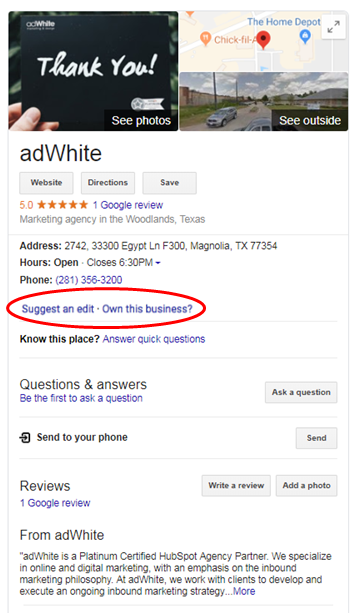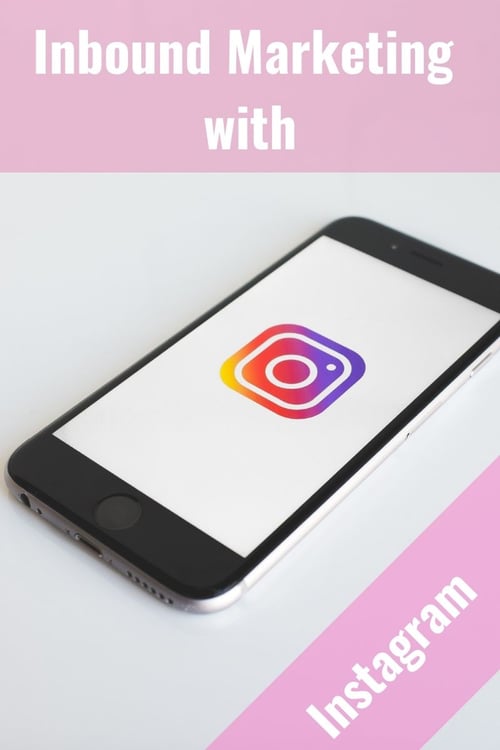
Blog

Is It Okay to Use Humor in Your Marketing?
Humor. Organizations often wonder if it’s okay to use humor in their advertising or marketing. Many times they want to, but are hesitant or afraid it will backfire. This is a valid concern, because it certainly can.
However, when done right, humor is absolutely okay to incorporate into your marketing. In fact, there are many potential benefits. Humor can get your brand noticed and help you connect with your target market. Think about which commercials you remember from the Super Bowl. Most likely it is the funny ones that stick with you.
You may have seen the below restaurant menu in your Twitter or Facebook feed recently. A local deli in Pennsylvania revamped their kids menu to include what kids REALLY order:

A patron posted this pic on Reddit and it soon went viral. Not surprising. It’s funny, clever and all parents can relate. I don’t have the stats, but I’m willing to bet the deli saw a large increase in business, all based on its sense of humor.
Incorporating Humor into Your Marketing Can Have the Following Benefits:
More Likely To Be Shared – Content that is funny or elicits a strong favorable reaction performs better on social media. It’s more likely to shared, “liked,” retweeted, etc.
Makes You Relatable – Often people laugh at things they can relate to, such as the above kids menu. By incorporating funny, relatable things into your marketing, your brand becomes more "human." We all know that people buy from people they like, and humor can help you make that connection.
Brand Positioning – Humor can help you position your brand. Take Crocs, for example. I recently came across this sign in one of their stores (yes, it’s true – there are entire stores dedicate to the funny looking rubber shoes). Let’s face it – nobody buys Crocs based on their cutting-edge fashion. But Crocs have a huge following, because they are ridiculously comfortable, easy to slip on and off, easy to clean, you name it (yep, guilty of owning a pair or two myself).

Crocs isn’t going to scare away its target customer by this. But it might make them laugh, endearing the brand to them that much more.
Reach Your Target Market – You can target your message to reach specific demographic or psychographic segments.
But of course, there are exceptions and things to consider before firing away the punchlines.
If you do plan to use humor in your marketing, make sure it:
Works With Your Industry – There are some industries that simply don’t work too well with humor. For example, many medical or health organizations such as a cancer center or mental health service. Places that deal with sensitive subjects where there are high emotions or sensitive information. Never say never, but you don’t want to make light of serious things that affect people’s lives.
Goes Along with Your Brand Personality – If you have a fun retail brand, a cool restaurant or a unique service, humor may be a natural fit. But don’t force it. Your messaging should go along with your brand and help you position it. Nobody cares if their CPA is funny, so if it’s not in your personality that's okay. Go with another strategy.
It’s Not Offensive – This is a biggie. Most organizations would never intentionally offend anyone, but sometimes they do without meaning to. Before posting anything, be sure your message isn’t offensive to a race, religion, gender, sexual preference, you name it. And when in doubt, just don’t. Better to be safe than face the PR nightmare that can follow even an inadvertently offensive tweet.
Aligns with Your Goal/Objective – Before using humor in your marketing, take the time to identify the goals for the campaign. Are you looking to increase brand recognition? Connect with a specific audience? Increase sales? By defining your goals you’ll be better able to determine if humor is the best way to accomplish them.
So you can see, humor can be a great way to connect with customers and promote your brand. But before you use it, be sure the message aligns with your brand image and isn’t offensive. And if there is any doubt – hold off. Better safe than sorry.
Subscribe to email updates
Recent posts

Related Articles

Topics

Topics

Topics






